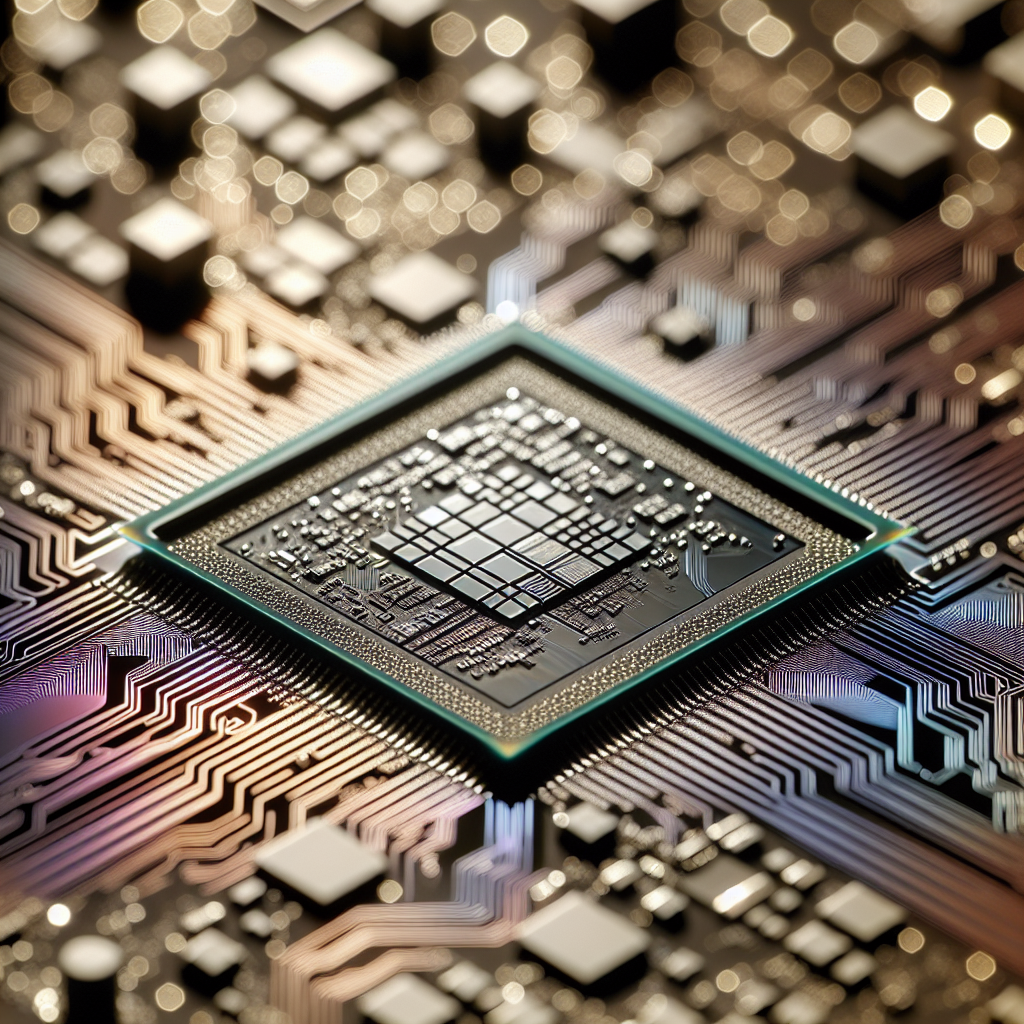Intel's Meteor Lake Missteps: A Comprehensive Breakdown
Intel's journey with the development of Meteor Lake has been akin to a space odyssey fraught with turbulence and unexpected detours. As we traverse the intricate narrative of Meteor Lake's leaked performance data and marketing maneuvers, it becomes apparent that the promises of a new CPU frontier are fizzling out, much like a fallen star in the vast tech cosmos.
The Efficiency Conundrum
Intel's aspirations for Meteor Lake were high, with the chip giant seeking to craft a processor revelation that would be heralded for its unparalleled efficiency and performance. However, whispers from within the industry suggest that this celestial body of silicon might not burn as brightly as anticipated.
Initial reports and insider scoops hinted at Meteor Lake's potential to tower over Raptor Lake with significant efficiency gains, especially at power thresholds that are critical for the mobile computing domain. Yet, the data trickling in paints a starkly different picture, with performance curves indicating marginal gains that barely scratch the surface of what one would expect from a generational leap.
Power Play: Raptor Lake Versus Meteor Lake
At face value, Meteor Lake appears to edge out Raptor Lake in benchmarks, particularly at a 45-watt TDP, with a seemingly respectable 8% lead. However, as the wattage climbs beyond the 100-watt marker, Meteor Lake's advantage buckles, and Raptor Lake begins to outshine its successor. This inversion of dominance at higher power levels is indicative of a core design that might excel in frugal power sipping but falters when the wells of wattage are deepened.
Integrated Graphics: Hopes and Half Measures
The integrated graphics of Meteor Lake were equally a point of anticipation, with initial ambitions seeking to double the prowess seen in Tiger Lake. Yet, as the launch draws nigh, comparisons are being drawn against older generations to validate performance improvements, hinting that expectations have been re-calibrated to a quieter tune.
It's notable that reports now suggest Meteor Lake may not fulfill these lofty aspirations, potentially falling short of even Raptor Lake's graphical capabilities. This would necessitate the continued reliance on dedicated graphics in scenarios where the integrated solution was initially projected to suffice.
Market Reality: A Pricey Prospect in Alienware's Arsenal
Information surfacing about potential Meteor Lake implementations in products from heavyweights like Alienware reveals a curious proposition. The prospective use of Meteor Lake in premium, power-hungry desktop replacements rather than svelte ultraportables raises eyebrows and questions about the chip's initial intent and its eventual home in the market.
The Core of the Matter: Clearwater Forest and IPC Claims
Beyond the immediate concerns with Meteor Lake, Intel's roadmap with Clearwater Forest also warrants scrutiny. The whispered numbers of core counts remain static when compared to Sierra Forest, suggesting a plateau that could signal a stall in the aggressive core race.
Furthermore, the industry's liberal use of IPC (Instructions Per Clock) as a barometer for advancement has often blurred the lines between genuine performance leaps and marketing hyperbole. Critics argue that it's time for a more nuanced and accurate narrative—one that truly captures the essence of each core's capability without the smoke and mirrors of jargon.
In conclusion, it seems prudent for AMD and others to recalibrate their language surrounding core efficiency, steering clear of misnomers like "Cloud Core" or "Dense Core" that can mislead rather than illuminate. It's time for a clearer lexicon that reflects the real-world performance and characteristics of these vital silicon components.
As the saga of Meteor Lake and its spacefaring kin unfolds, one must ponder if this odyssey will end with a triumphant parade through the technoverse or quietly fade into the annals of chip lore, a cautionary tale of expectations unmet.
For a deeper dive into the complexities of CPU core design and performance metrics, readers may find valuable context in the following resources:
Related News
- Intel's Meteor Lake: A Promising Sky or Overcast with Hype?
- Threadripper's Troubles and Meteor Lake's Murky Future: An In-Depth Look at the CPU Market Landscape
- Navigating the Murky Waters of Modern Computing: Intel's Snags and AMD's Momentum
- The Intriguing State of Silicon: AMD and Intel's Ongoing Dance
- AMD's Hail Mary in AI and Mobile Computing: A Revolution or a Calculated Gambit?
